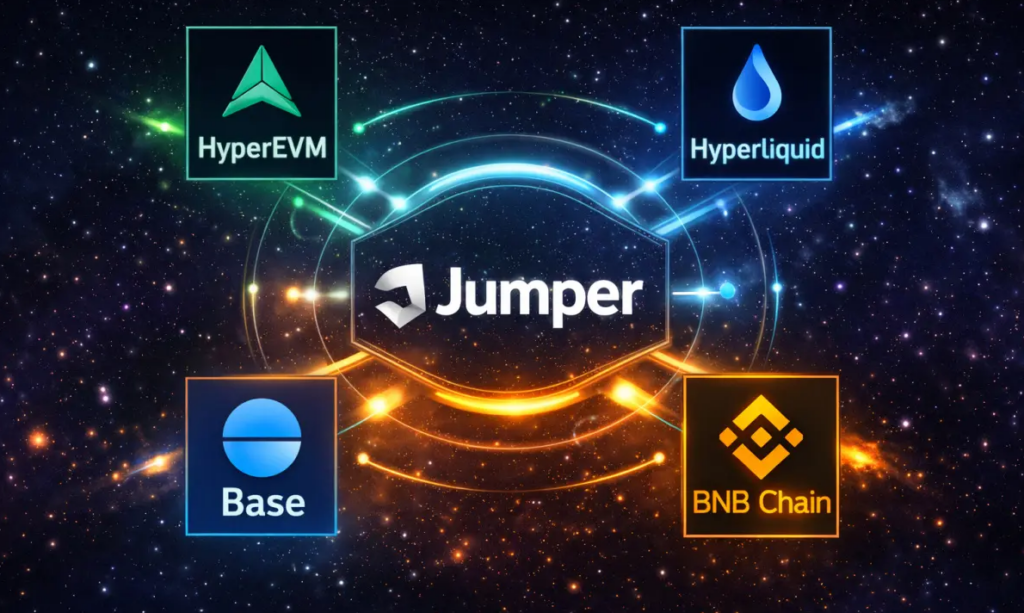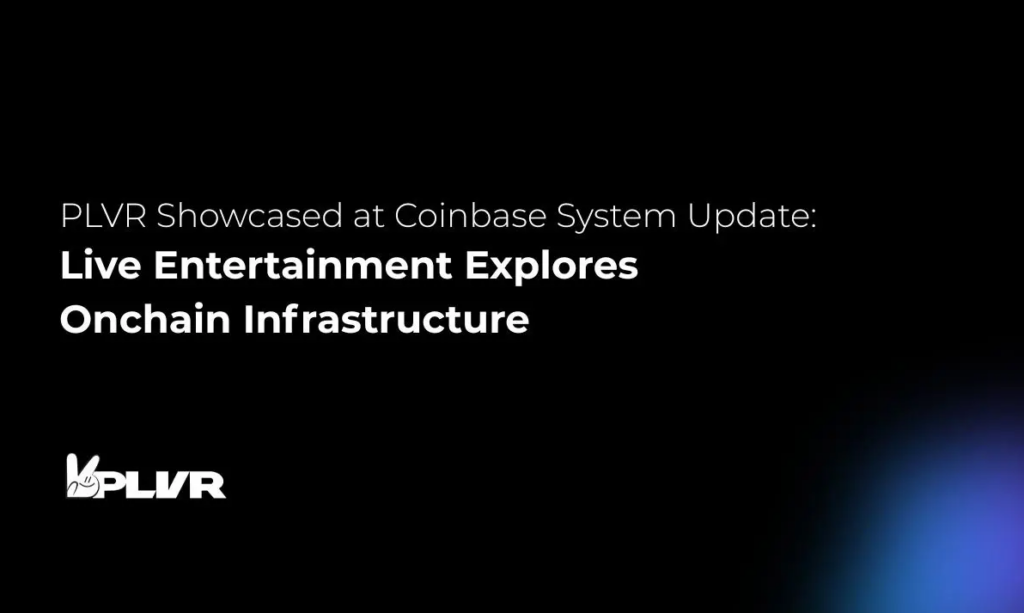Constellation Network is organizing the Global Metagraph Hackathon, an online event that will take place from July 15th to September 9th, 2024. The purpose of this hackathon is to motivate developers to create applications using the Hypergraph distributed ledger technology.
The event, scheduled from July 15th to September 9th, 2024, will distribute a prize of $100,000 in $DAG (Constellation Network’s money) to winners in different categories related to metagraph creation and on-chain tooling.
The event introduces Constellation’s “metagraph” application layer technology, which operates on top of its Hypergraph global consensus layer. Metagraphs encompass a wide range of Layer 1 decentralized application (dApp) networks or older Web2 networks that possess their own internal business logic. Constellation’s Hypergraph can serve as the underlying framework for other blockchains, which can be considered as metagraphs.
Constellation’s Hypergraph serves as a blockchain system that allows for the exchange of information and cooperation between different blockchain networks and their respective communities.
The company has formed partnerships with Panasonic, IBM, SIMBA Chain, the C14 cryptocurrency on-ramping service, the Stardust Collective, and the National DigiFoundry. These collaborations aim to facilitate the advancement of novel metagraph technologies that demonstrate unprecedented interoperability within the field.
Constellation’s Hypergraph network is built utilizing a Directed Acyclic Graph (DAG) infrastructure and microservices. This design allows for a fast and feeless digital transmission layer with a flexible structure and an application network overlay called metagraph.
This enables seamless integration and combination of functionalities across Web3 and legacy Web2 networks, providing enhanced network protection, verification of data, ability to handle large amounts of data, and easier process of joining for enterprises and governments.
Constellation’s metagraphs are compatible with all data types, can directly interface with external data sources, can utilize existing Scala or Java libraries, provide full control over validation and consensus logic within the network, and can scale to meet the requirements of applications through a multilayered microservice architecture.
This hackathon goes beyond being a mere competition. It involves the use of technology that has been thoroughly evaluated and approved by the US Department of Defense.
Additionally, it involves collaboration with major industry players such as Panasonic and IBM. The purpose of this hackathon is to invite developers from around the world to lead the way in creating the next wave of DApps and bring about a significant transformation in the digital world.



